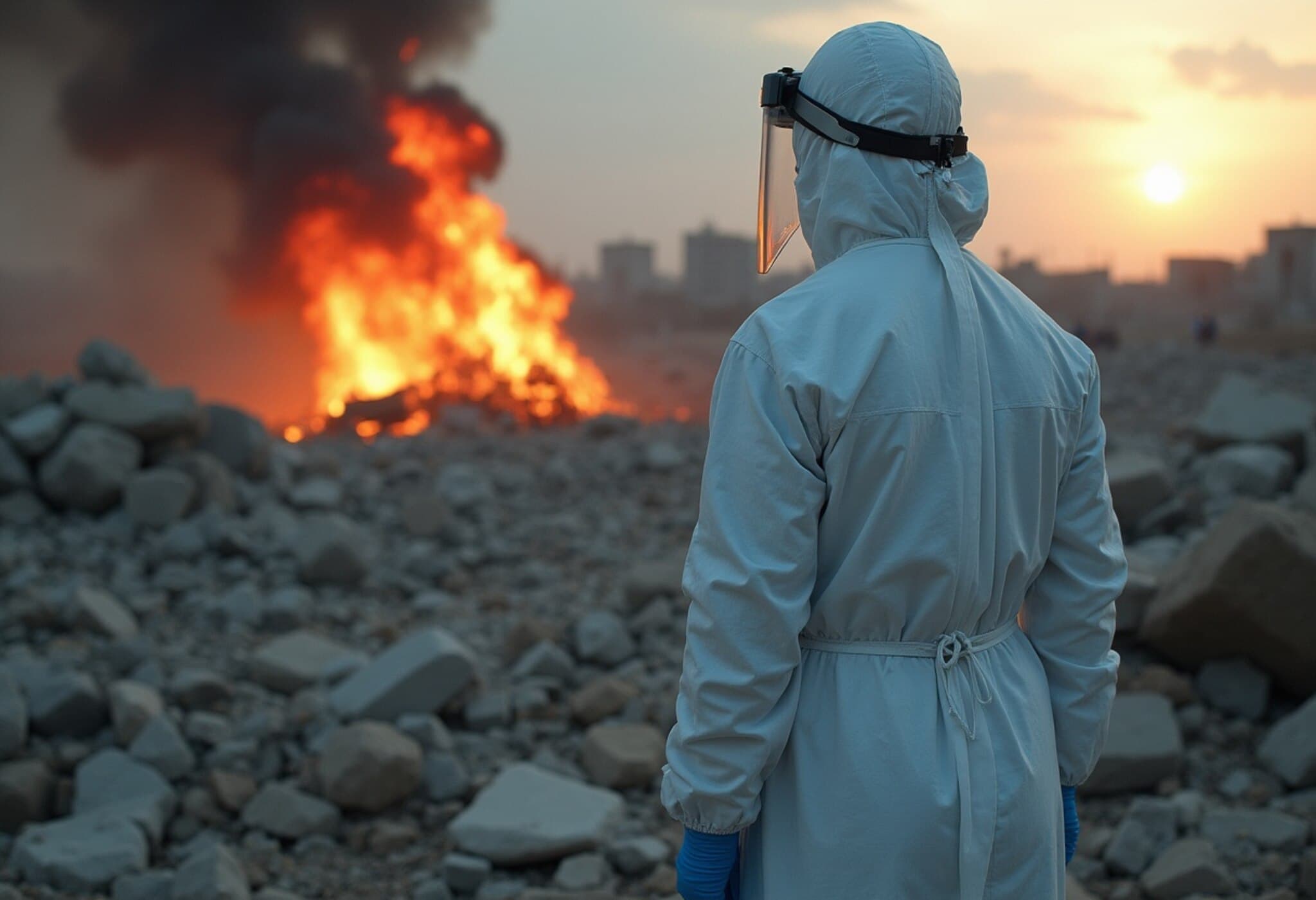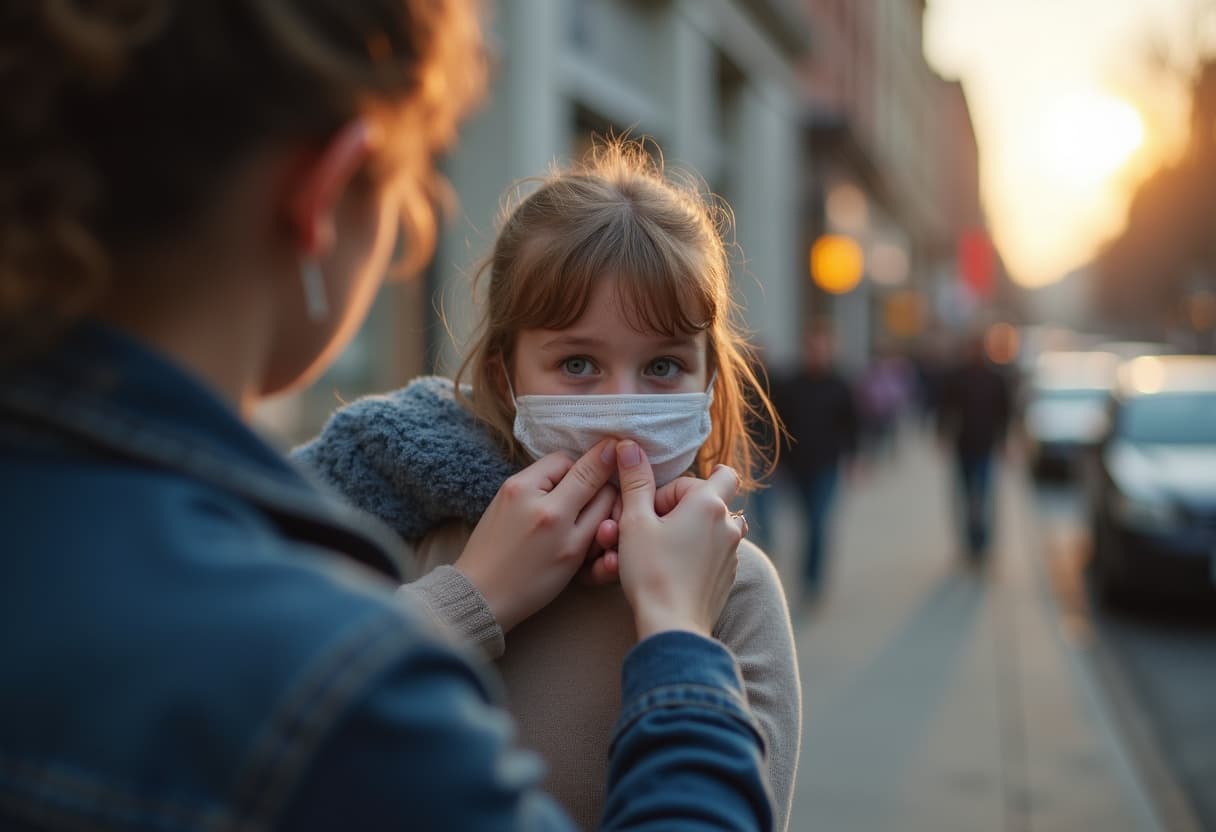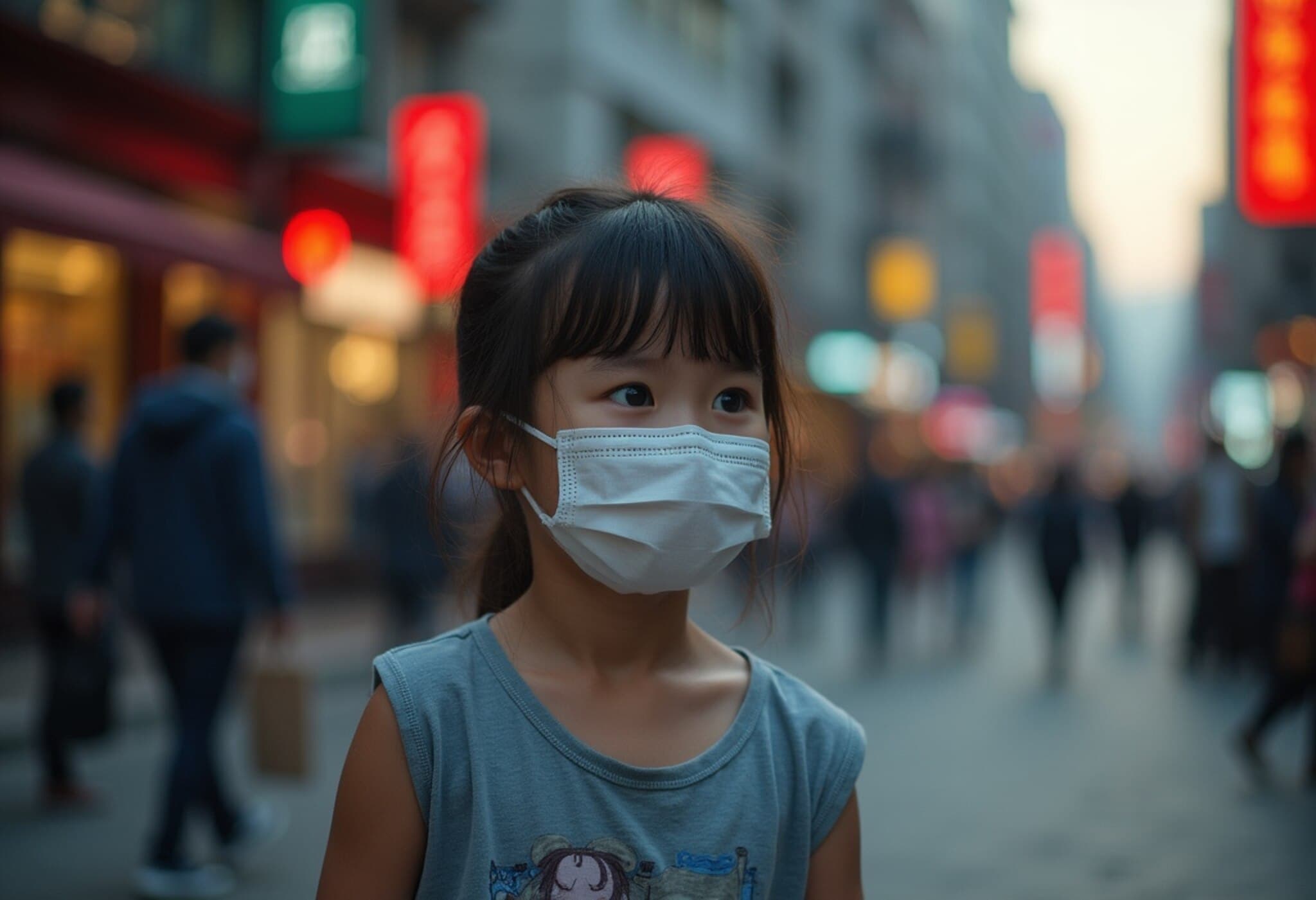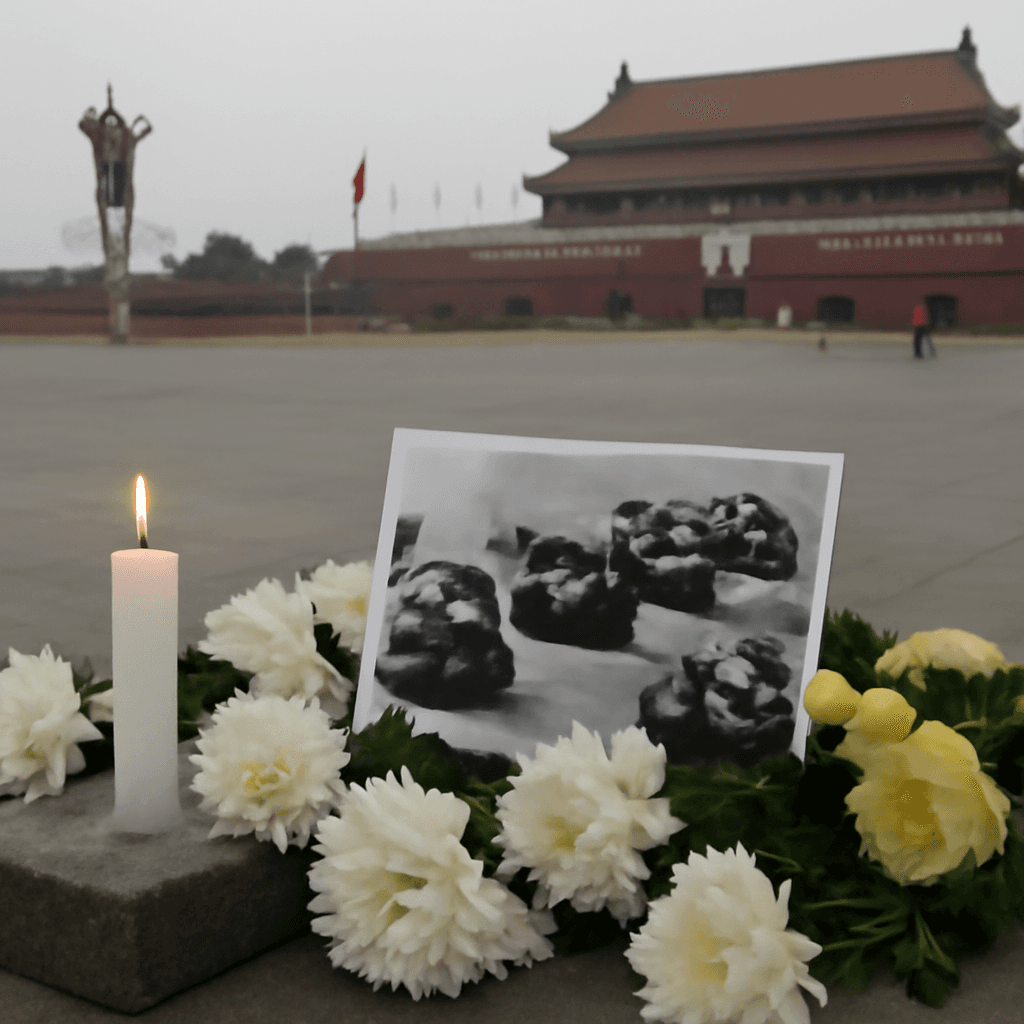China Faces Unprecedented Chikungunya Outbreak in Guangdong Province
In a concerning development, Chinese health authorities have reported more than 7,000 cases of Chikungunya virus infections in the Guangdong province since July 2025. The southern city of Foshan emerges as the epicenter, bearing the brunt of the outbreak. This sudden surge has prompted local officials to implement stringent containment measures reminiscent of the COVID-19 pandemic protocols.
Containment Measures in Foshan: Hospital Isolation and Mosquito Control
Patients diagnosed with Chikungunya in Foshan are now required to remain hospitalized for at least one week or until testing negative for the virus. Hospitals have introduced mosquito nets over hospital beds to prevent further transmission from infected individuals to uninfected mosquitoes, thus breaking the transmission cycle. Such measures highlight the gravity of the situation given Chikungunya's contagious nature through mosquitos.
Understanding Chikungunya: A Mosquito-Borne Viral Threat
While Chikungunya outbreaks are relatively unusual in China, they are endemic to regions across South and Southeast Asia, Africa, and parts of the Americas. The virus is transmitted primarily by Aedes aegypti and Aedes albopictus mosquitoes — the same species responsible for dengue and Zika outbreaks. The US Centers for Disease Control and Prevention (CDC) has issued travel advisories warning visitors against exposure in affected regions, including parts of Southeast China where transmission risks remain high.
The Transmission Cycle and Risk Factors
The infection cycle begins when a mosquito bites an infected person, acquiring the virus and then transmitting it to others through subsequent bites. Symptoms commonly manifest within 3 to 7 days post-bite. High-risk groups include newborns (especially if infected perinatally), elderly adults (65 and older), and individuals with pre-existing conditions such as diabetes or heart disease, who may experience more severe symptoms or complications.
Recognizing the Symptoms of Chikungunya
Primary symptoms include sudden onset of fever and debilitating joint pain, often accompanied by muscle aches, headaches, nausea, and skin rashes — a constellation of symptoms that can mimic dengue fever but often with more pronounced joint pain. Most patients recover within a week, but a worrying subset experiences persistent joint discomfort lasting several months to years, leading to chronic mobility challenges.
Global and Regional Impact: Why This Outbreak Matters
Though the Chikungunya virus has historically affected tropical and subtropical regions, its recent emergence in parts of China—coupled with the presence of competent mosquito vectors—raises pressing questions about climate change, urbanization, and public health preparedness.
From an American perspective, the CDC's warnings underscore the interconnectedness of global health risks. Increased global travel and expanding mosquito habitats due to warming climates amplify the threat of vector-borne diseases crossing borders. The current outbreak highlights the critical need for enhanced surveillance, mosquito control programs, and public awareness campaigns both domestically and internationally.
Expert Insight: Preparing for Vector-Borne Challenges Ahead
Dr. Samantha Lee, an infectious disease specialist at Johns Hopkins University, notes, "The re-emergence of Chikungunya in areas like China signals changing epidemiological patterns, likely influenced by environment and human behavior. It’s a wake-up call for health systems worldwide to bolster vector control strategies and invest in vaccine research."
Preventative Measures: What Travelers and Residents Should Know
- Use insect repellents containing DEET or picaridin.
- Wear long-sleeved clothing and pants, especially during dawn and dusk.
- Ensure window and door screens are intact to prevent mosquito entry.
- Remove standing water to reduce mosquito breeding sites.
- Seek medical attention promptly if symptoms appear after mosquito exposure.
Editor’s Note
The Guangdong outbreak of Chikungunya is more than an isolated viral surge; it is a bellwether of how vector-borne diseases may evolve in an increasingly connected and warming world. While China’s swift containment efforts are commendable, global health authorities must collaborate to anticipate and mitigate the rising threats posed by mosquito-borne illnesses. For travelers and residents alike, awareness and prevention remain our best defense in the absence of targeted treatments or widely available vaccines.



















